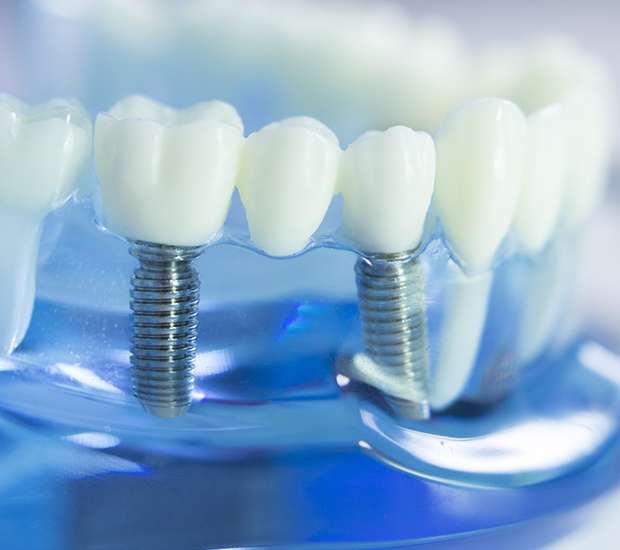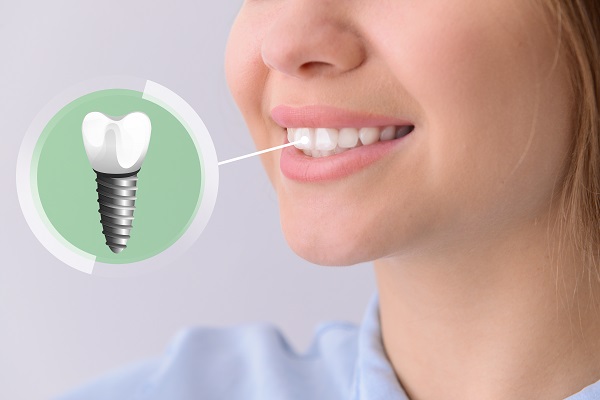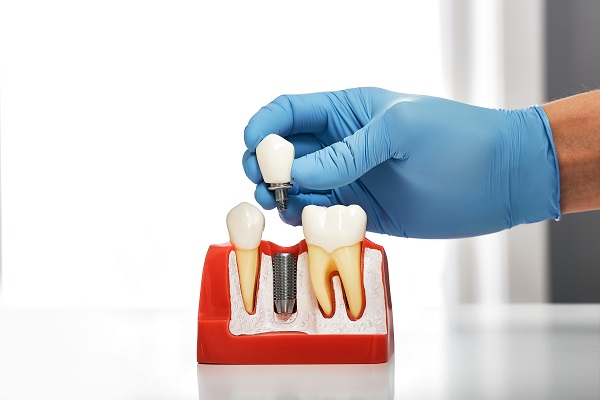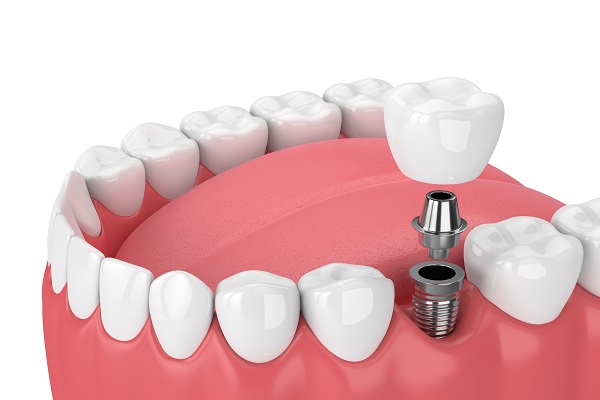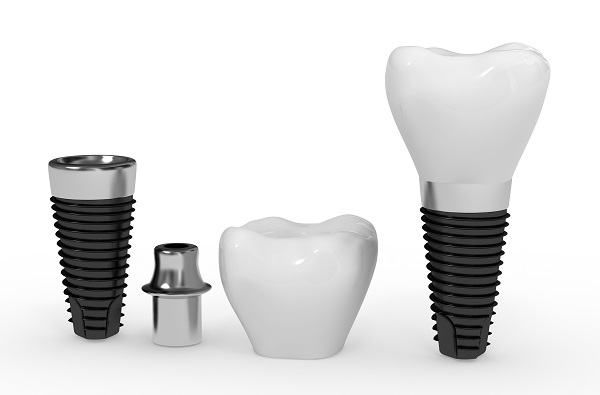Dental Implants Staten Island, NY
At RSN Dental PC, we take great pride in our dental implant services. This can be an incredibly complex procedure, but we work with our patients every step of the way to ensure it’s as stress-free as possible. We want to help you regain your self-confidence by dramatically improving your dental health and your beautiful smile.
DOWNLOAD OUR DENTAL IMPLANT PRICING & INFORMATION GUIDE
Fill out the form below and we will email/text you the guide along with a $350 savings offer!
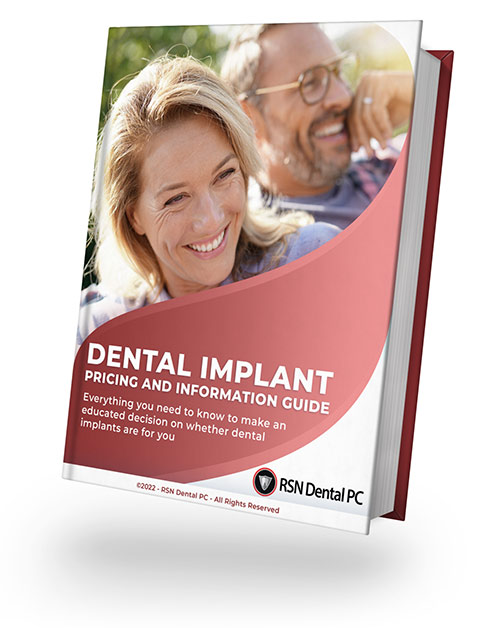
THE GUIDE WILL SHOW YOU- Dental Implant Options
- Average Pricing
- Factors That Affect Eligibility
- And More…
Facts from the American Academy of Implant Dentistry (aaid.com)
- More than 30 million Americans are missing all their teeth in one or both jaws
- 15 million people in the U.S. have crown and bridge replacements for missing teeth
- 3 million have implants and that number is growing by 500,000 a year
- 10% of all U.S. dentists place implants but that is increasing
- The success rate of implants has been reported in scientific literature as 98%
- Implants performed by U.S. dentists 5,505,720 (2006)
- Implants performed by U.S. general dentists 3,103,930 (2006)
- The dental implant market in the U.S. is projected to reach $5 billion by 2018
Questions to Ask When Selecting an Implant Dentist
- What treatment options do you use to restore missing teeth?
- How many implant procedures have you performed?
- What’s your success rate?
- What’s your education and training in implant treatment?
- Which technique* and type of replacement teeth or appliance do you recommend for me, and why?
- What steps are involved in the process and where and by whom are they performed?
- What should I expect throughout the process in terms of pain, recovery time, eating, etc.?
- Will I have teeth throughout the process?
- What type of anesthesia do you use?
- What are the risks of the treatment option you’re recommending?
- What are the benefits?
- Can you share before-and-after pictures of other patients you have treated?
The Dental Implant Process
Dental implants are a permanent solution that is common for those who have lost one or more teeth. First, our team examines your mouth and jawbone to ensure the procedure is safe. Next, we make sure your jawbone and gums are healthy enough to handle the process. This means ensuring no disease or damage needs to be addressed before the procedure starts.
Once you are cleared for the procedure, we will take an impression of your mouth to create a new tooth in a dental lab. We ensure each tooth matches the size, shape, and color of your surrounding teeth and that they look as natural as possible. The goal is to make the synthetic tooth indistinguishable from your natural smile.
Teeth restored with implants will not get cavities. A replacement tooth, or crown, does not decay like a natural tooth. However, you still need to brush, floss and care for it and your surrounding natural teeth in the same manner as natural teeth. Regular professional cleanings and dental checkups are also essential.
Staten Island Dental Implants
The next step in the procedure is to implant a metal post under the gum line. This aspect of the procedure is what sets an implant apart from other forms of cosmetic dentistry. The metal post is secured to the jawbone in order to create a durable, synthetic root system that rivals the strength of natural roots; with one exception that the metal cannot face infection. Over the course of a couple of months, the metal post and jawbone will fuse together. This creates a level of durability that cannot be replicated in other types of procedures.
Afterward, we will secure the new synthetic tooth to the metal post at the surface of the gums. The new tooth is attached so securely, that patients can eat their favorite foods, maintain an active lifestyle, play sports, and more, without fear of their tooth becoming loose or falling out. Patients can enjoy the benefits that come from never having to worry about their tooth again.
The team at RSN Dental PC provide dental implants in a way that is comfortable and functional. We take the time to make sure that every aspect of the procedure is completed correctly – the first time.
Check out what others are saying about our implant services on Yelp: Dental Implants Staten Island
Post Implant Care
Once the installation process is over, we will care for the implants to ensure they are healthy. Since we use a synthetic root system, implants are durable and secure and function the same as regular teeth. That means implants won’t fall out or become loose as long as they’re taken care of. We strongly advise all of our patients to brush and floss like normal. We also recommend scheduling follow-up appointments to ensure the implant and the surrounding areas are healthy.
There is 40 years of data behind dental implants, with success rates of about 98 percent
Are You in Need of Dental Implants?
If you or a loved one could benefit from implants, our team at RSN Dental PC is ready to help. We offer quality dental implant services for people in Staten Island and the surrounding areas. Call today to find out how RSN Dental PC can make a difference in your mouth.
Ancient dental implants have been traced back to around 600 AD, when tooth-like pieces of shell were hammered into the jaw of a Mayan woman. Thank goodness for contemporary dentistry!
Read more
Implant FAQ
Q. I need to replace two missing teeth next to each other. Can I just have one implant placed and attach it to one of my natural teeth and make a bridge?
A. Generally, this is not a good idea. We find that it is generally much better not to attach implants to teeth. We frequently attach implants to each other, which can improve strength and works well. So in a case like this, although it may be more expensive in the short term to place two implants instead of one, the long-term success is likely to be much better with the two implants.
Q. I lost my upper back teeth on one side and have gone for years without doing anything about it. My sinuses always seem to bother me more on that side than on the side that I have back teeth. Could these problems be related to one another?
A. In a large majority of people who are missing their upper back teeth for a long period of time, is the increasing downward growth of the maxillary sinus. At birth, it is the size of a pea and progressively grows as the skull matures. This growth is at the expense of the surrounding bone. If you are considering replacing those upper back teeth with fixed teeth that stay in all the time, it may be necessary to perform a sinus elevation procedure to allow room for placement of dental implants into this area to support those teeth. This involves placement of bone and/or bone substitutes into an area which was previously occupied by the lower part of the maxillary sinus. Most importantly, this procedure increases the available bone use to place implants and restore the missing back teeth.
Q. I've had dentures for several years and have lost a lot of jawbone. My lower dentures are floaters and I need help. Is there still hope for me?
A. In most cases, with the new options available today in the field of dental implants, some form of treatment is possible. We encourage people to get help as soon as possible if they are already having some problems with their current situation. These problems include excessive use of denture adhesives, chewing only soft food, unable to taste some foods, constant mouth sores, unhappy with the appearance of one's teeth and bite position (in some cases the nose and chin getting closer together). The sooner we correct the problems with dental implants, the more choices one has available for treatment. If you have any or all of the above symptoms, implants can very well be the answer for you.
Q. I am missing all of my teeth and am now wearing a full upper and lower denture. I can no longer tolerate my lowers. Will I need an implant for every tooth I am replacing on the lower jaw?
A. It is not necessary to have an implant for every tooth that is being replaced. The number of implants necessary to provide support depends on the type of implants used and the type of teeth (removable vs. non- removable) that will be attached to the implants. A thorough oral exam and panoramic x-ray is all that is necessary in most cases, to determine which implant can be used and how many must be used. Sometimes additional X-rays or CT scans are used in more complicated cases.
Q. I consulted a dentist several years ago about using implants to replace my lower denture and he told me that I did not have adequate bone available to place enough in-the-bone implants without danger of fracturing my now fragile jawbone. Are there any alternatives?
A. Because of the advances in the field of implantology, there are now more choices and techniques. It is rare for a person to not be able to receive an implant or a combination of implants. Today we have available many types of implants designed to accommodate multiple problems.
Q. I had a root canal on a tooth that fractured and now it has to be removed. Can it be replaced with an implant or do I have to have a bridge or a partial?
A. Teeth that have root canals can fracture more easily than other teeth because they are weaker and somewhat dehydrated. They can sometimes be as brittle as glass. In the past, the best available treatment was to remove the tooth and file down the adjacent teeth to make a bridge - caps on the adjacent teeth with an attached "dummy" tooth between. Sometimes this still is the only way. However, in many cases an implant can replace the fractured tooth and we will not need to grind down a tooth to at all.
Questions Answered on This Page
Q. How many people wear dental implants?
Q. What is the process for dental implants?
Q. How do I take care of my dental implants?
People Also Ask
Q. Can dental implants replace my missing teeth?
Q. Will I be able to eat my favorite foods after receiving dental implants?
Q. Are dental implants better than dentures or dental bridges?
Definition of Dental Implant Terminology
- Abutment
- An abutment is a component that attaches to the dental implant so a professional can place a dental crown to provide patients with an artificial, aesthetically pleasing and fully-functional smile.
- Bridge
- Multiple replacement teeth that are fixed in place via attachment to dental implants, natural adjacent teeth, or a combination of the two.
- Dental Crown
- A crown is an artificial tooth, usually consisting of porcelain, which covers the top of the implant to provide people with an aesthetically pleasing and fully-functional tooth.
- Dental Implant
- A dental implant is an artificial tooth root that is placed into your jaw to hold a replacement tooth or bridge. Dental implants may be an option for people who have lost a tooth or teeth due to periodontal disease, an injury, or some other reason.
- Endosteal (endosseous)
- Endosteal is a type of dental implant that a professional places in the alveolar and basal bone of the mandible that transcends only one cortical plate.
- Eposteal (subperiosteal)
- Eposteal is a type of dental implant that conforms to whichever edentulous surface of an alveolar bone is superior.
- Implant-Supported Bridge
- An implant-supported bridge is a dental bridge that professionals fix in place with the use of dental implants inserted in the jaw to create a sturdy set of artificial teeth.
- Osseointegration
- Osseointegration is the process in which a titanium dental implant fuses with the surrounding bone over several months after an oral health professional places the implant in the jaw.
- Periodontal
- Literally “around the tooth”
- Resorption
- Resorption is the process in which the body absorbs the calcium from the jaw since there are no tooth roots to cause the necessary stimulation and proceeds to use the calcium in other areas.
- Transosteal (transosseous)
- Transosteal is a type of dental implant that includes threaded posts which penetrate the superior and inferior cortical bone plates of the jaw.
Back to top of Dental Implants
